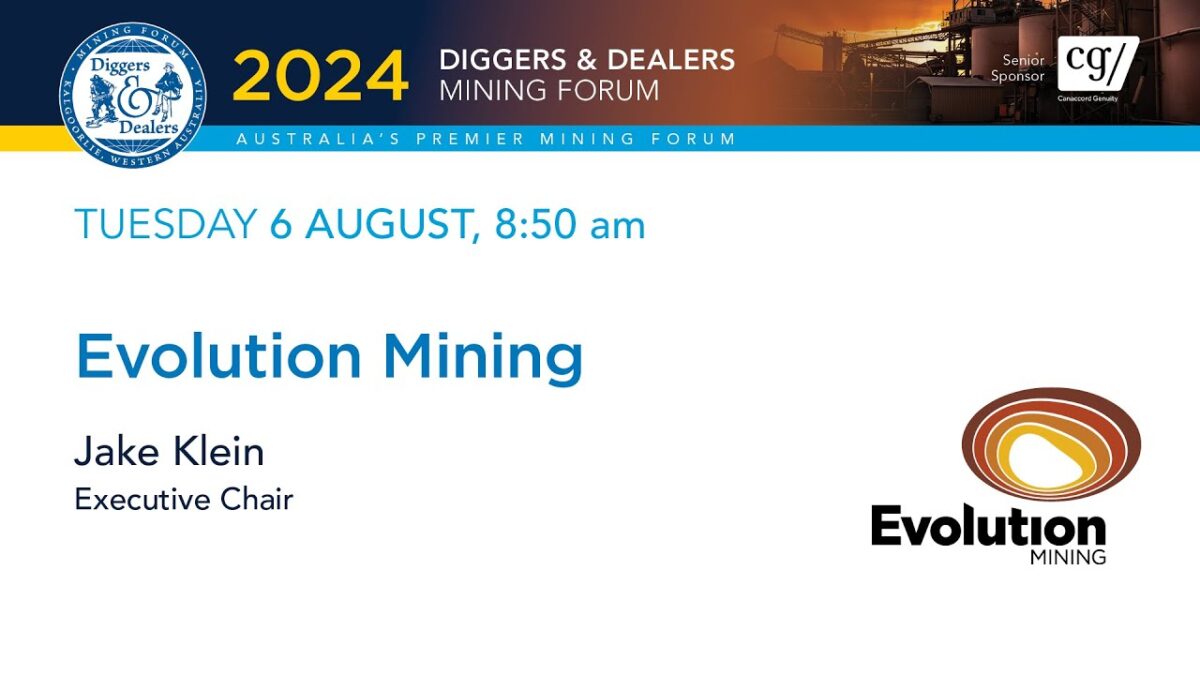
Hitachi aims for the EX5600-7 excavator to be fitted with the boom and arm system as standard at the start of 2026. Image: Hitachi Construction Machinery
To further strengthen its EX-7 excavator series, Hitachi Construction Machinery Australia is about to release two new technology solutions.
For over 50 years, Hitachi Construction Machinery has been a pioneer in manufacturing equipment, machinery and parts for a range of industries.
To expand its global footprint, the company founded Hitachi Construction Machinery Australia in 1999.
“We’re a supplier of surface mining and construction equipment to Australian operations within the mining, civil and forestry sectors,” Hitachi Construction Machinery Australia general manager – mining sales Sean Ryan told Australian Mining.
One of Hitachi Australia’s flagship offerings is the Hitachi EX-7 series of excavators, which first hit the global market in April 2019.

Images: Hitachi Construction Machinery
While the series has seen over 120 units sold, Hitachi is all about improving and innovating its range to meet customer feedback.
It was customer consultation that planted the seed for the long-life boom and arm and operator assist systems, both of which Hitachi has developed over the last five years.
“The boom and arm system extended the component’s maintenance life by 1.5 times, improving the durability and serviceability of our ultra-large hydraulic excavators,” Ryan said.
“To bolster durability, we have implemented cast steel technologies in high stress connection points, specifically the connection points of the boom to the arm and the cylinders to the boom. This has improved the strength and quality of those structures.”
Hitachi also placed manhole covers inside the boom to improve serviceability.
“The manhole covers have allowed easy access to the internals of the boom so non-destructive testing inspections can be carried out throughout the life of the component,” Ryan said.
“We haven’t increased the weight of the boom and arm, so we don’t reduce the capabilities or bucket sizing of the equipment.
“We also looked to improve the welding processes by using new design techniques and technologies. This included alleviating high stress areas.”
Further supporting digging and loader operations is Hitachi’s new operator assist system, which aims to reduce burdens such as operator fatigue.
With the help of sensors, a digging assist function helps to automatically improve control of the hydraulic excavator, while the loading assist function helps to avoid collisions by automatically controlling the front attachment when material is loaded onto a dump truck.
“The operator assist system makes it safer at the dig face, increasing productivity by maximising the use of the machine’s capabilities,” Ryan said.
“Rather than having a fully autonomous piece of digging equipment, which is very difficult because of the variabilities of mining conditions at the dig face, we can make part of that process automated, so operators realise the greatest efficiencies of the excavator’s capabilities.”
Ryan said decarbonisation was a key driver behind the creation of its boom and arm and operator assist solutions.
“The operator assist system is about looking at how you can get the most efficiency out of the fuel burn for your operation,” he said. “While the boom and arm seeks to extend the service life of components, therefore extending the overall life cycle.
“With every ultra-class mining piece of equipment that gets scrapped at the end of its life, an estimated 400 tonnes of CO2 (carbon dioxide) is generated. If we can extend serviceability and overall life, it reduces the need for new replacement components and it improves our decarbonisation position.”

Images: Hitachi Construction Machinery
The operator assist system has undergone successful trials that commenced in early 2024. The system was fit to a Hitachi EX3600-7 backhoe excavator operating in the Pilbara region of Western Australia.
As a result of the effective trial, Hitachi is aiming to achieve practical application of the operator assist system in stages from 2025.
“The operator assist system is retrofittable, meaning it can be set up with any EX-7 mining series excavator,” Ryan said.
The boom and arm solution has also seen a successful trial in the Pilbara, trialling on a Hitachi EX5600-7 backhoe excavator for more than 12 months.
Hitachi aims to begin taking orders of the boom and arm system at the end of 2025, with the EX5600-7 excavator being fitted with the product as standard at the start of 2026.
To aid the rollout of the boom and arm and operator assist system over the next few years, Hitachi Australia has 19 mining branches located in regions such as the Pilbara, Townsville, Emerald, Mackay and Brisbane in Queensland, and Muswellbrook in New South Wales.
“With over 1300 employees, more than 900 are electric and mechanical tradesmen who are there to service our customers and their Hitachi products in the field,” Ryan said.
“We also have a division that manages any parts required for equipment across Australia and two remanufacturing centres in Brisbane and Perth where components get repurposed at the end of their lives and are sent back to customers, reducing the amount of raw material and carbon emissions that come with new products.”
Alongside its extensive excavator range, Hitachi Construction Machinery Australia manufactures rigid dump trucks and wheel loaders for a variety of mining applications, among other solutions.
“We provide the whole service for overburden or mineral product removal from a mine site,” Ryan said.
This feature appeared in the August 2024 issue of Australian Mining.











